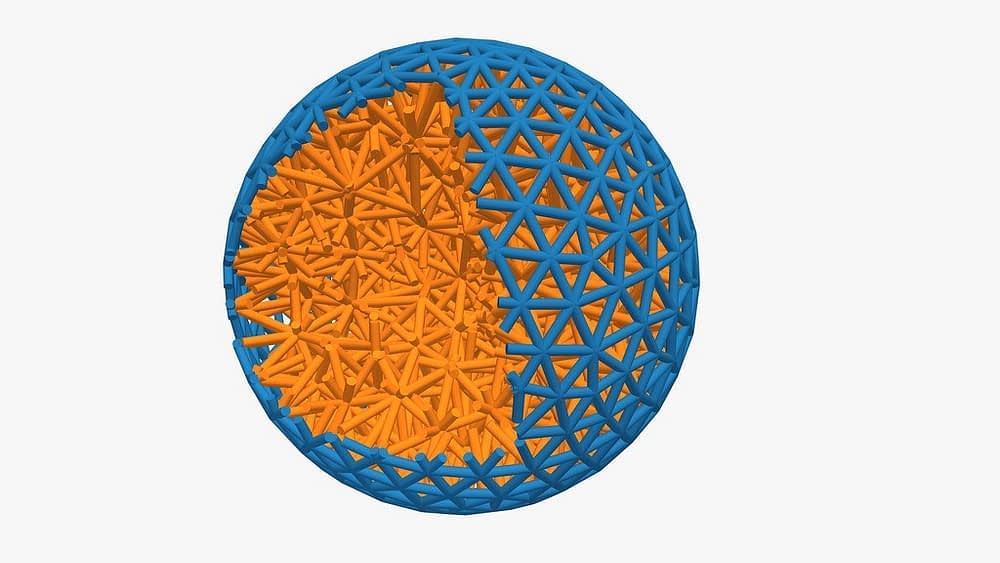A team of physicists at the University of Bath have discovered a new way to coat soft robots in materials that enable them to move and function more effectively. The new advancement will lead to the next generation of shape-shifter robots.
The research was published in the scientific journal Science Advances.
Major Breakthrough on Active Matter
According to the study’s authors, the new breakthrough on ‘active matter’ could be a major turning point in robotic design. If the concept is developed further, experts could eventually determine the shape, behavior, and movement of a soft solid by human-controlled activity on its surface, rather than its natural elasticity.
The surface of most soft material shrinks into a sphere, similar to the way in which water beads into droplets. This happens due to the surface of liquids and other soft material naturally contracting into the smallest surface area possible. However, active matter can be designed to not follow this pattern.
With these techniques and active matter, experts hope the next generation of machines will be made from many individual active units that work together to determine the machine’s movement and function. Prior to this possibility, these machines were governed by a central controller. The new design is similar to the way our own biological tissues function.
Designing New Soft Machines
Scientists could take this design and create soft machines with arms consisting of flexible materials powered by robots that are located in the surface of the materials. Another possibility is changing the size and shape of drug delivery capsules by coating the surface of nanoparticles in a responsive and active material.
According to Dr. Jack Binysh, first author of the study, one of the most interesting aspects of the new development is that it challenges the way we look at “familiar rules of nature.”
“Active matter makes us look at the familiar rules of nature — rules like the fact that surface tension has to be positive — in a new light. Seeing what happens if we break these rules, and how we can harness the results, is an exciting place to be doing research,” Dr. Binysh says.
Dr. Anton Souslov is a corresponding author of the research.
“This study is an important proof of concept and has many useful implications. For instance, future technology could produce soft robots that are far squishier and better at picking up and manipulating delicate materials,” Dr. Souslov says.
The researchers developed theory and simulations to describe a 3D soft solid with a surface that experiences active stresses. The results demonstrated that the active stresses expand the surface of the material and pull the solid underneath, which causes a global shape change. The shape taken by the solid could then be changed by altering the material’s elastic properties.
The team of researchers will now look to apply this principle to design more specific robots, and they will dive deeper into collective behavior and what happens when multiple active solids are packed together.
Credit: Source link





















